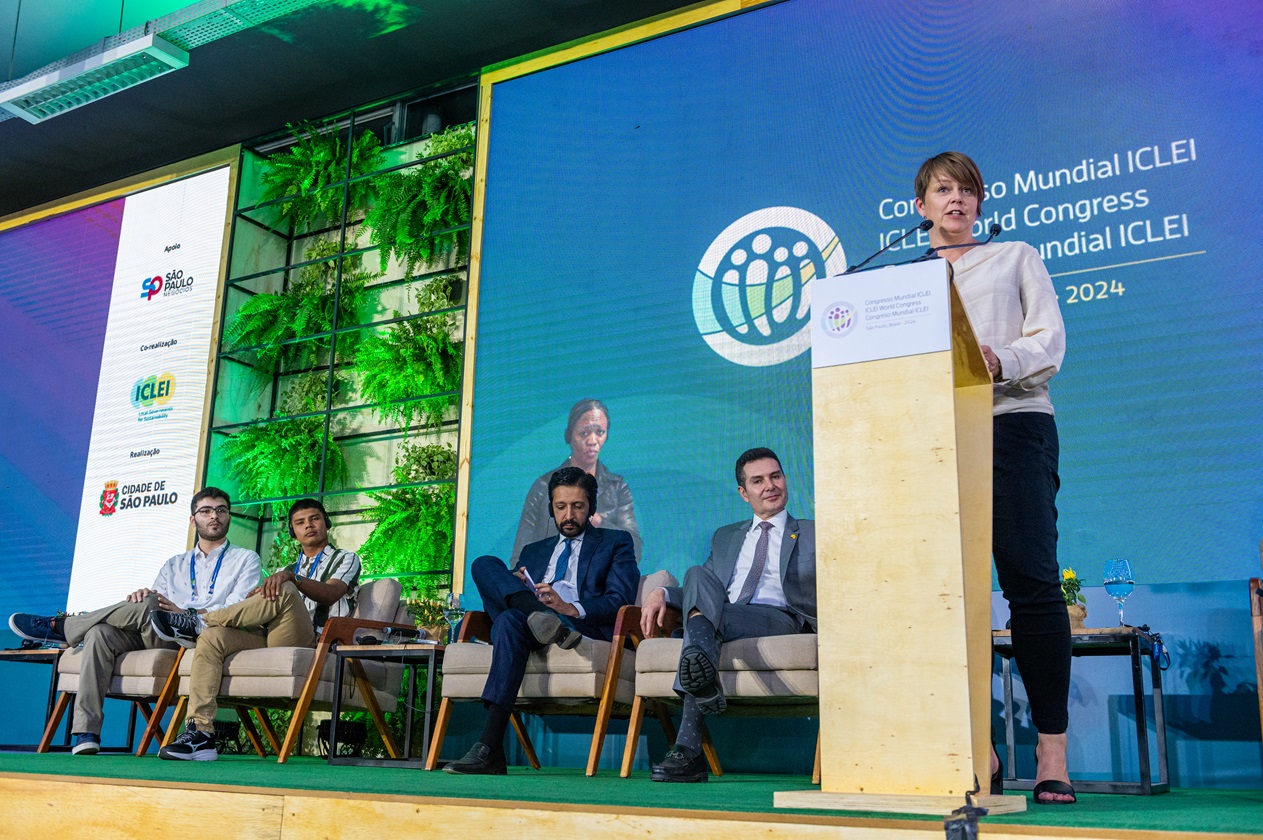
How RVK scaled up the largest fuel cell bus fleet in Europe
19 April 2021
Cologne’s Regional Transit Operator, RVK, currently has the largest fuel cell electric bus (FCEB) fleet in Europe, with thirty-seven buses already in daily operation and an additional fifteen expected to be in service by the end of 2021.
The transit operator serves the greater area of Cologne, providing service to over 2,800 square kilometers of urban and rural areas with three hundred buses daily.
RVK started a project to go zero-emission in 2009, with a goal to completely overhaul the fleet to zero-emissions solutions by 2030 at the latest. After reviewing all the solutions for zero-emission transport and comparing the advantages and disadvantages of the different technologies, RVK decided on fuel cell electric buses for three reasons: range, flexibility, and refuelling time.
RVK needed a solution with a range of at least 250 to 300 kilometers because that’s the average ground the buses cover each day. Long routes do not allow time for on-route charging or the opportunity to return to the depot to recharge or refuel during the day. Furthermore, RVK aimed to find a technical solution that replaces diesel buses, like for like, without changing anything in the operations schemes. The only feasible solution was fuel cells. Here’s why:
With a range of up to 450 kilometers, FCEBs operate just like conventional buses, making them the most flexible zero-emission alternative.
FCEBs have the same operation processes as conventional buses. They arrive and are filled up in less than 10 minutes and then parked at the same location or easily put back into service if needed. They can also be parked along or in between conventional buses.

With battery buses, operators need to consider the charging infrastructure roadside or inside the depot and upgrades to the power infrastructure outside of the depot, including the power substation in some cases.
FCEBs don’t require charging infrastructure as battery buses do. In many cases, agencies can install hydrogen refuelling infrastructure with a similar footprint to CNG refuelling. Different flexible and scalable options, including gas or liquid hydrogen delivery and on-site production, are available to meet specific site and operator requirements.
Cologne’s fuel cell electric bus fleet is fueled with by-product hydrogen, available from chlorine production plants in the area. As the fleet of fuel cell electric buses covers such a large service area, several decentralised refuelling options have been made available. Two hydrogen filling stations have been built at RVK depots, each designed to refuel twenty buses per day. Alternatively, the buses can drive to a nearby chemical factory to refuel directly from the by-product hydrogen that was simply wasted before the fleet was put into operation. As the fuel cell electric bus fleet grows, the goal is to expand from the current two hydrogen stations to having one station at each depot.
Cologne is just one of the cities operating fuel cell electric buses today. As of late 2020, there were about 4,250 fuel cell electric buses operating globally. According to UITP forecasts, a minimum of 22.5 percent of all new buses ordered in 2021 across Europe will have to be zero-emission to comply with the legislation. More than ever, operators are looking to fuel cell electric buses to fill this need.
To learn more about Europe’s largest fuel cell electric bus fleet, download this case study.









